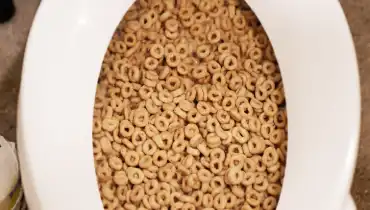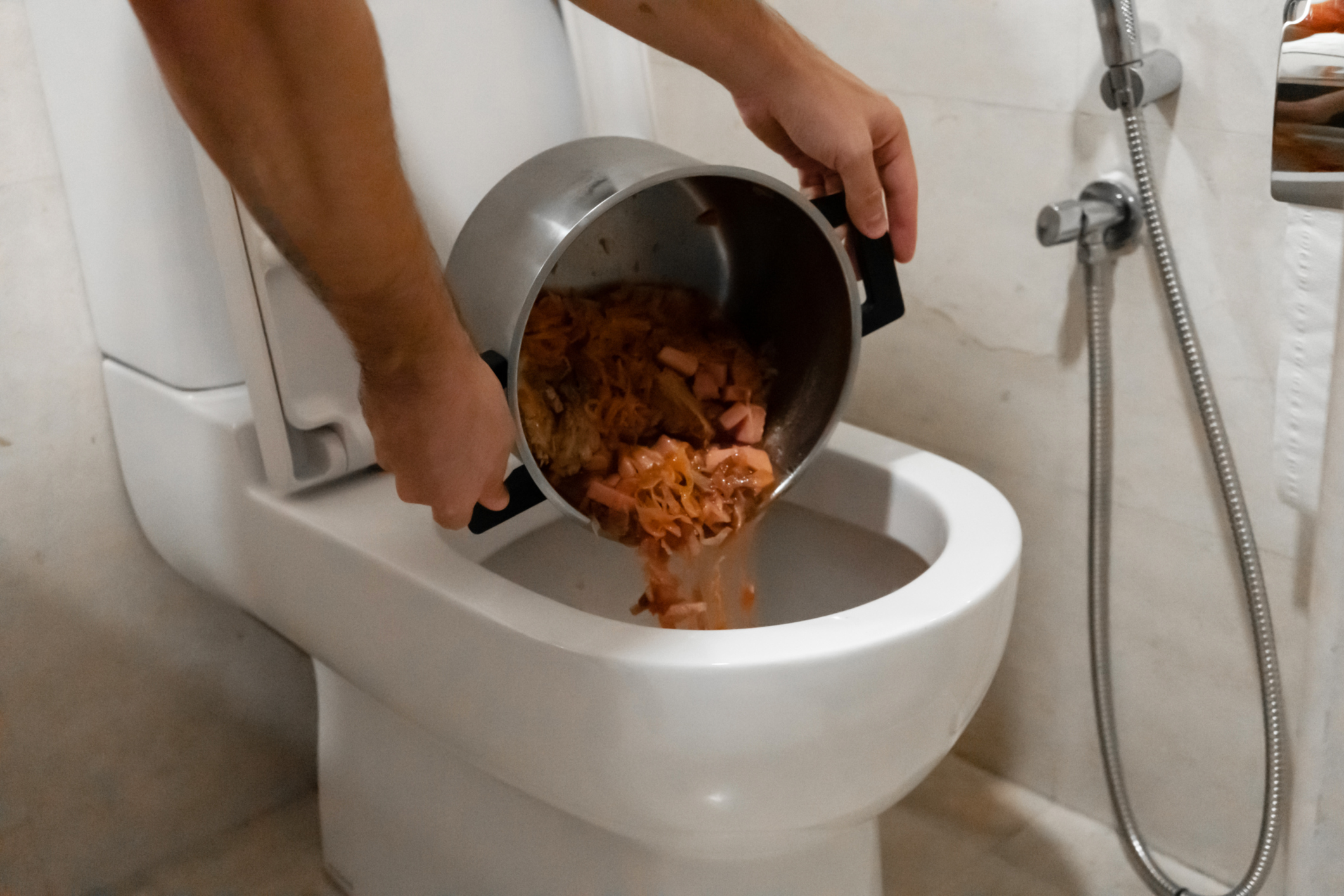Do you find yourself hunting for facts on Flushing Food Down the Toilet??

Intro
Many individuals are typically confronted with the predicament of what to do with food waste, especially when it pertains to leftovers or scraps. One usual inquiry that arises is whether it's fine to purge food down the commode. In this article, we'll delve into the reasons people may take into consideration purging food, the effects of doing so, and alternative methods for proper disposal.
Reasons why people might think about flushing food
Lack of understanding
Some individuals may not know the prospective injury brought on by purging food down the bathroom. They may incorrectly believe that it's a harmless practice.
Convenience
Purging food down the commode might appear like a fast and simple service to getting rid of unwanted scraps, especially when there's no nearby garbage can readily available.
Idleness
Sometimes, people may just select to flush food out of sheer idleness, without taking into consideration the consequences of their activities.
Repercussions of flushing food down the commode
Environmental impact
Food waste that winds up in rivers can add to air pollution and injury water communities. In addition, the water used to purge food can stress water resources.
Plumbing problems
Purging food can lead to stopped up pipelines and drains pipes, triggering costly pipes repair work and troubles.
Types of food that need to not be flushed
Coarse foods
Foods with fibrous textures such as celery or corn husks can get tangled in pipes and cause blockages.
Starchy foods
Starchy foods like pasta and rice can absorb water and swell, leading to obstructions in pipes.
Oils and fats
Greasy foods like bacon or food preparation oils should never ever be flushed down the bathroom as they can strengthen and trigger clogs.
Proper disposal approaches for food waste
Using a waste disposal unit
For homes equipped with waste disposal unit, food scraps can be ground up and flushed with the pipes system. However, not all foods are suitable for disposal in this fashion.
Recycling
Certain food packaging products can be reused, decreasing waste and lessening environmental impact.
Composting
Composting is a green way to take care of food waste. Organic materials can be composted and used to enhance dirt for horticulture.
The importance of appropriate waste monitoring
Lowering environmental harm
Appropriate waste monitoring techniques, such as composting and recycling, aid lessen air pollution and preserve natural resources for future generations.
Securing plumbing systems
By preventing the method of flushing food down the commode, home owners can prevent costly pipes repairs and maintain the stability of their pipes systems.
Final thought
To conclude, while it might be appealing to flush food down the bathroom for benefit, it is very important to comprehend the prospective repercussions of this activity. By embracing appropriate waste administration practices and getting rid of food waste properly, individuals can add to much healthier pipes systems and a cleaner environment for all.
FLUSH FOOD DOWN THE TOILET?
FLUSHING FOOD CAN CAUSE BLOCKED DRAINS IN YOUR HOME
All of the plumbing fixtures in your home are connected to the same sewer pipe outside of your home. This outdoor sewer pipe is responsible for transporting all the wastewater from your home to the Council sewer mains. Even small pieces of food that go down the kitchen sink can cause problems for your sewer. It should therefore be obvious that flushing larger bits of food, such as meat, risks a clog in either the toilet itself or the sewer pipes. Flushing greasy food is even more problematic because oil coagulates when it cools, coating the interior lining of your pipes.
THE TOILET IS NOT A BIN
Food isn’t the only thing that people shouldn’t be flushing down the toilet. People use the toilet to dispose of all kinds of things such as tampons, makeup wipes, dental floss, kitty litter and even underwear. Water goes to great lengths to educate residents about the high costs and stress placed on wastewater treatment systems simply from people flushing the wrong stuff down the toilet. It costs taxpayers millions of dollars each year, and homeowners thousands in blocked drain repairs.
FLUSHING FOOD IS A WASTE OF WATER
Flushing food is a waste of our most precious resource - water. In June this year Level 1 water restrictions were introduced to protect water supply from drought conditions. Much of New South Wales continues to be affected by prolonged drought with recent figures revealing up to 97 per cent of the state remains in drought. Depending on whether you have a single or dual flush toilet, every single flush uses between five and 11 litres of water. In the current climate this is a huge amount of water to be wasting on flushing food that should be placed in the bin (or better yet, the compost).
https://www.jabplumbingsolutions.com.au/blog/can-you-flush-food-down-the-toilet

I'm very eager about Flushing Food Down the Toilet? and I hope you liked our page. Do you know about another person who is looking into What Can Happen If You Flush Food Down the Toilet?? Why not promote it. Thank you so much for your time invested reading it.
Article